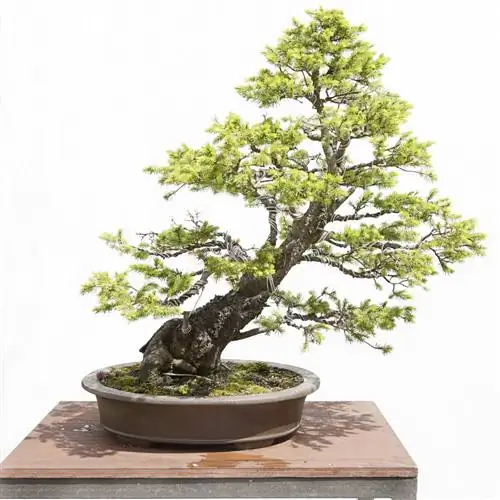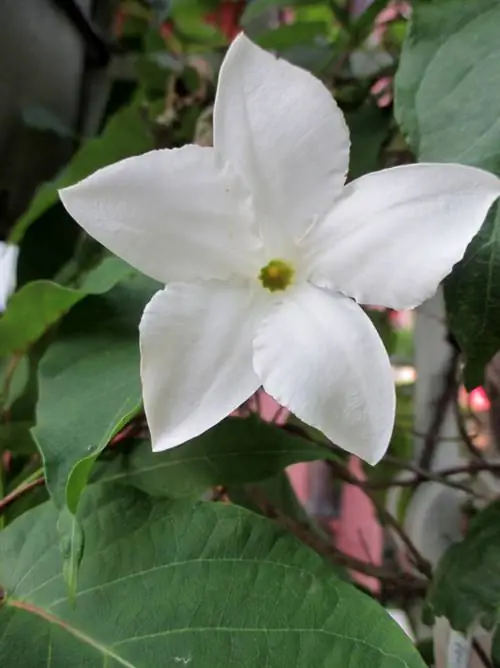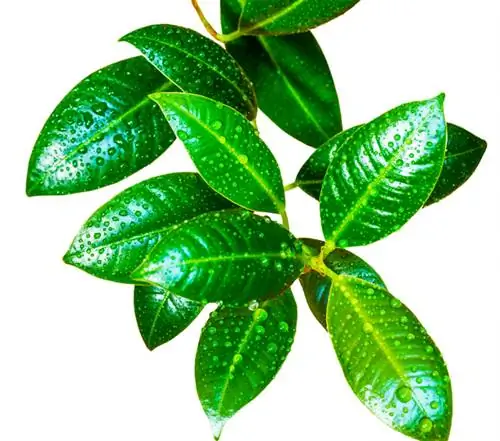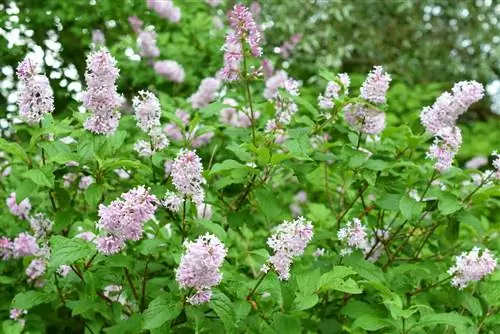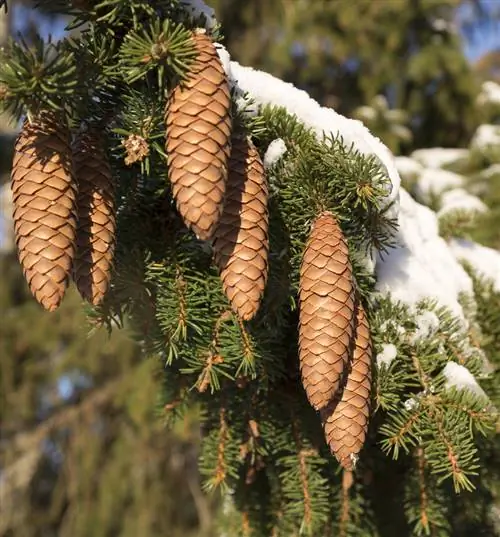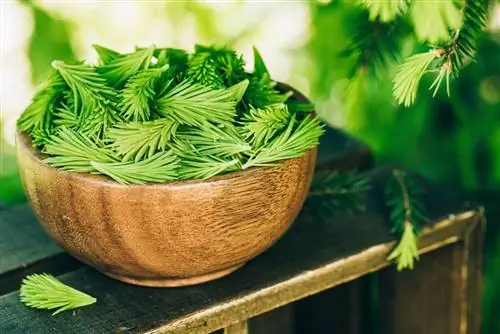- Author admin [email protected].
- Public 2023-12-16 16:46.
- Last modified 2025-06-01 06:02.
Growing a bonsai yourself is certainly very attractive for fans of the art of bonsai, but not so easy for beginners. You can find out here how you should proceed to grow a spruce tree as a bonsai.
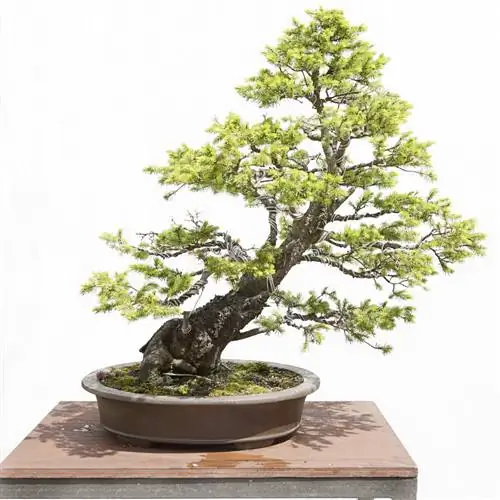
How do I grow a spruce tree as a bonsai?
Slow-growing species such as Ajan spruce, Sugarloaf spruce, Sakhalin spruce or Norway spruce are suitable for growing a spruce tree as a bonsai. Bonsai spruce trees require, among other things, a semi-shady location, regular watering and fertilization as well as root pruning every 2 to 4 years and good winter protection.
Is the spruce even suitable as a bonsai?
Many different trees are suitable as bonsai. A distinction must be made between plants for pure indoor cultivation and garden bonsais. The spruce is winter hardy and is suitable for both variants. You can also cultivate this tree as a bonsai in your garden. However, there it needs good winter protection.
Which spruce is best?
Slow-growing species of spruce are particularly suitable for growing bonsai. The most popular species for bonsai is the Ajan spruce (bot. Picea jezoensis) from East Asia. However, this spruce is not grown in Europe and is not very widespread.
With a Sugarloaf spruce (bot. Picea glauca conica), a Sakhalin spruce (bot. Picea glehnii) or a Norway spruce (bot. Picea pungens), good success is easy to achieve even for beginners, especially if working with already woody cuttings. But dwarf forms of the common or Norway spruce (bot. Picea abies) are also suitable as bonsai.
Spruces suitable for bonsai:
- Ajan spruce, bot. Picea jezoensis
- Common spruce (red spruce, Norway spruce), bot. Picea abies, especially dwarf forms of it
- Sakhalin spruce, bot. Picea glehnii
- Stinging spruce, bot. Picea pungens
- Sugarloaf Spruce, bot. Picea glauca conica
How do I train a spruce tree to be a bonsai?
Regular cutting and wiring is necessary to give the spruce a beautiful shape. When repotting, which should be done approximately every two to four years, also prune the root ball.
How do I care for my bonsai spruce?
Basically, the spruce likes a sunny location, but as a bonsai it is grateful for light shade in summer. Since a bonsai spruce is usually grown in a pot or in a bowl, the root ball can easily freeze in winter. The tree cannot draw enough water from the ground and the needles turn brown.
Adequate watering is just as important as regular fertilization. Approximately every two weeks, supply your bonsai spruce with special bonsai fertilizer (€4.00 on Amazon). In September you can slowly adjust the fertilizer application until the budding has finished in the spring.
Bonsai spruce - short care instructions:
- place in partial shade in summer
- protect from frost and icy wind in winter
- Keep the soil constantly moist in summer and only moderately moist in winter and spring
- Avoid waterlogging
- fertilize every 14 days from spring to September
- prune regularly
- Root pruning approximately every 2 to 4 years
Tip
Even if a spruce is naturally hardy, as a bonsai it needs good winter protection, not only from frost but also from icy wind.

